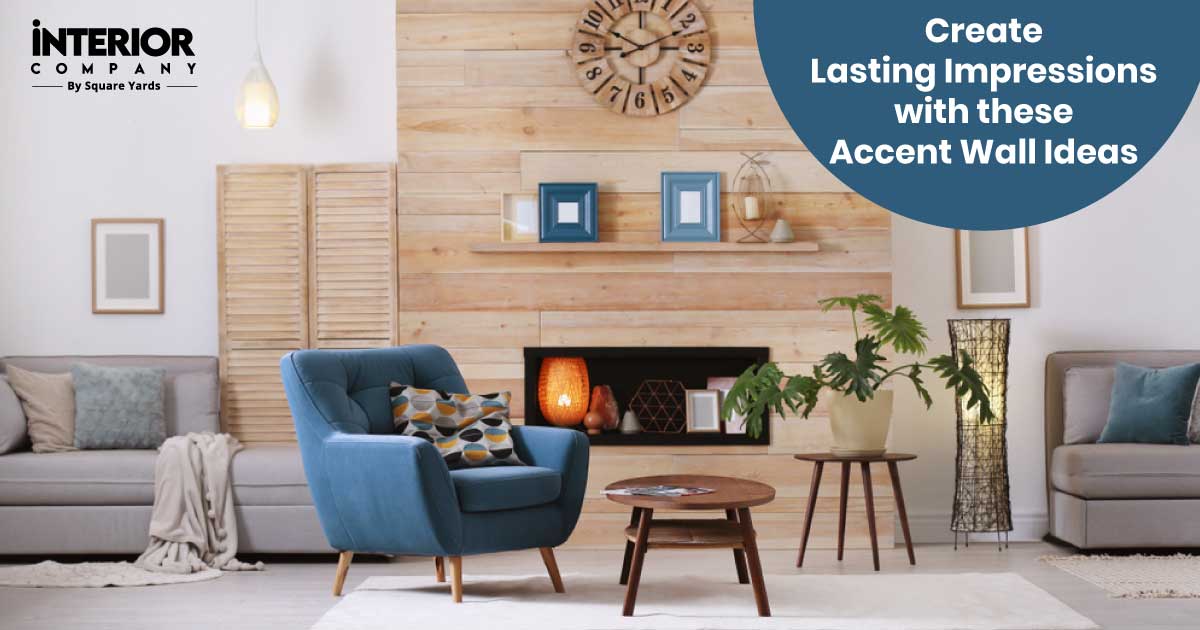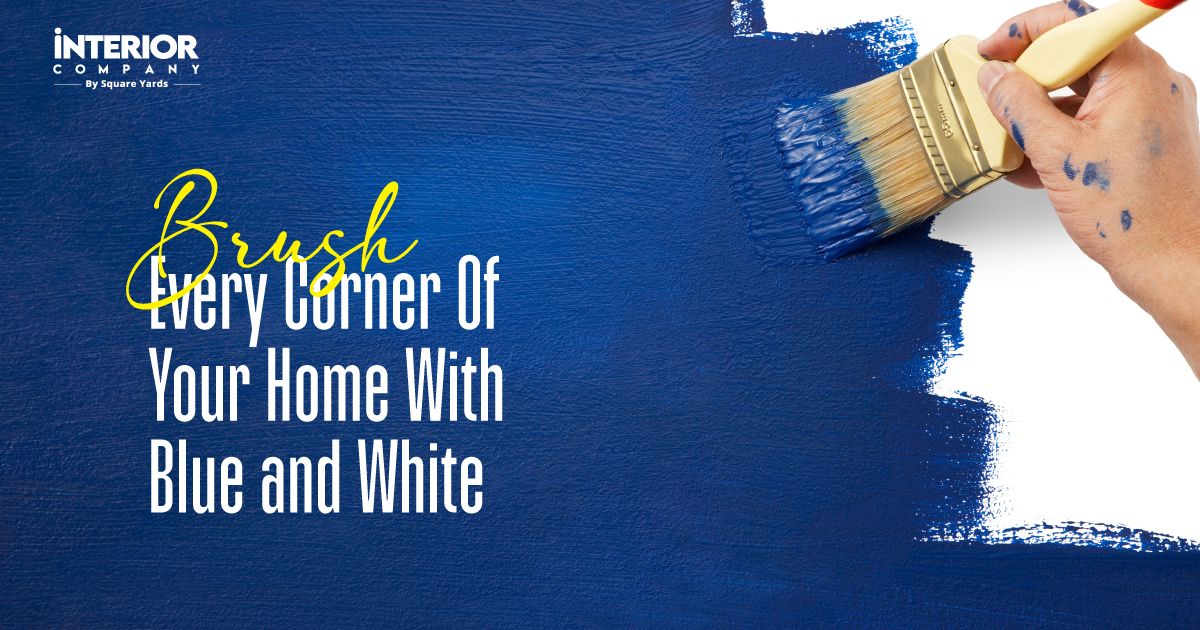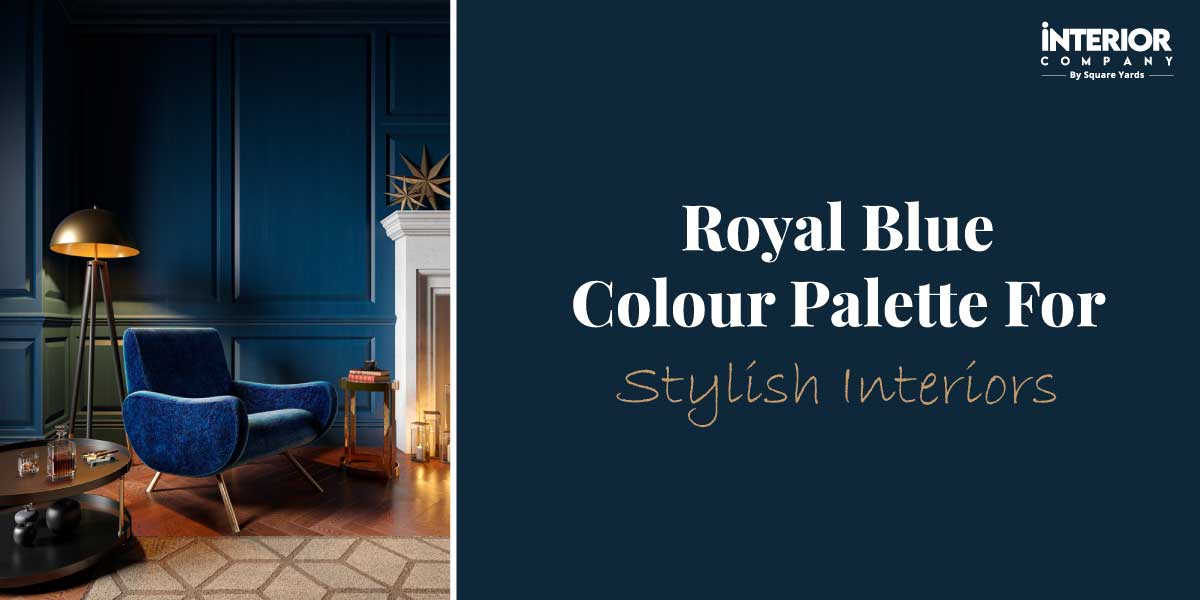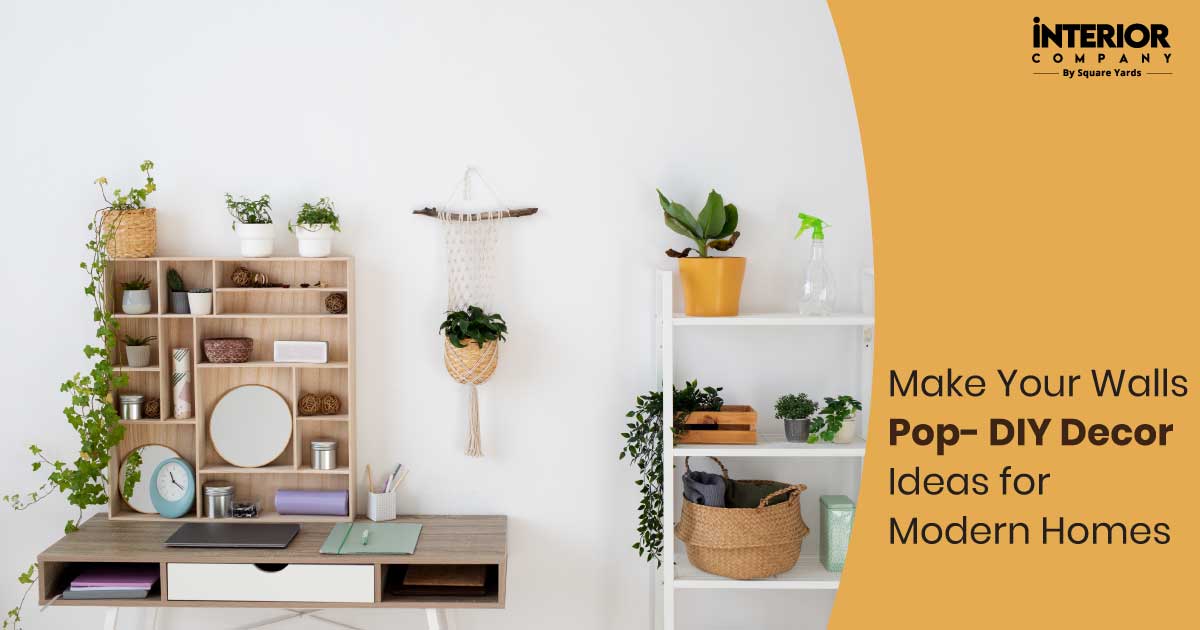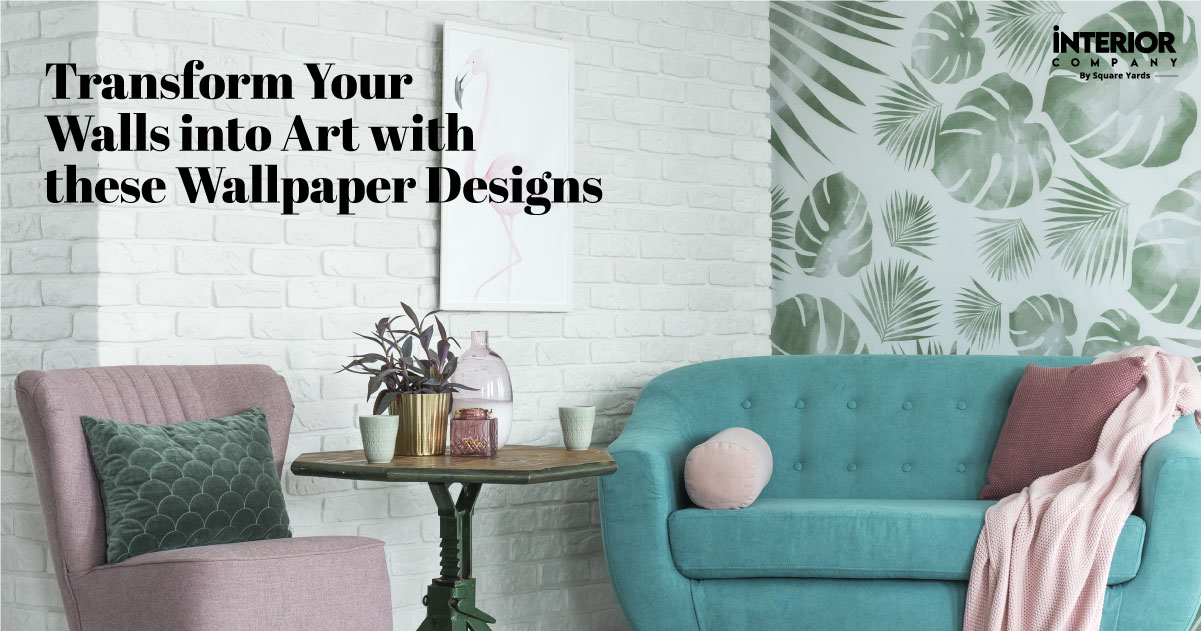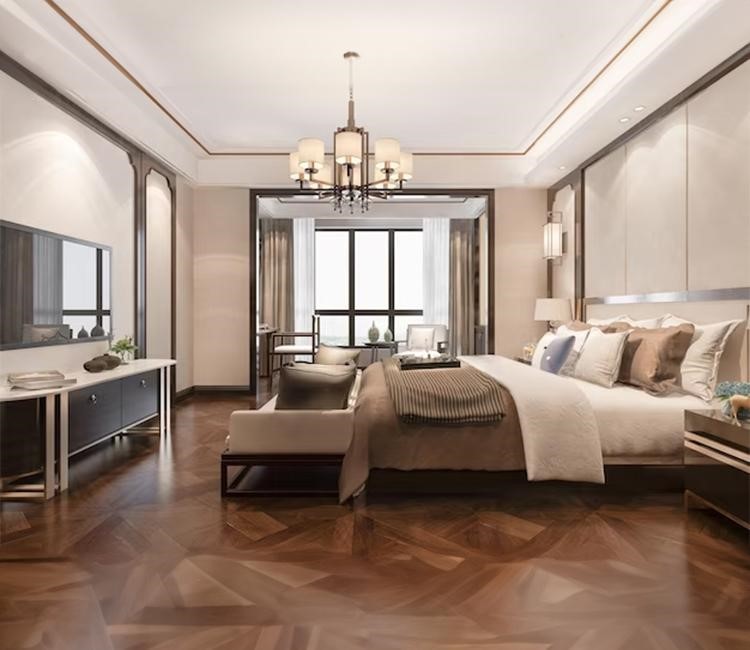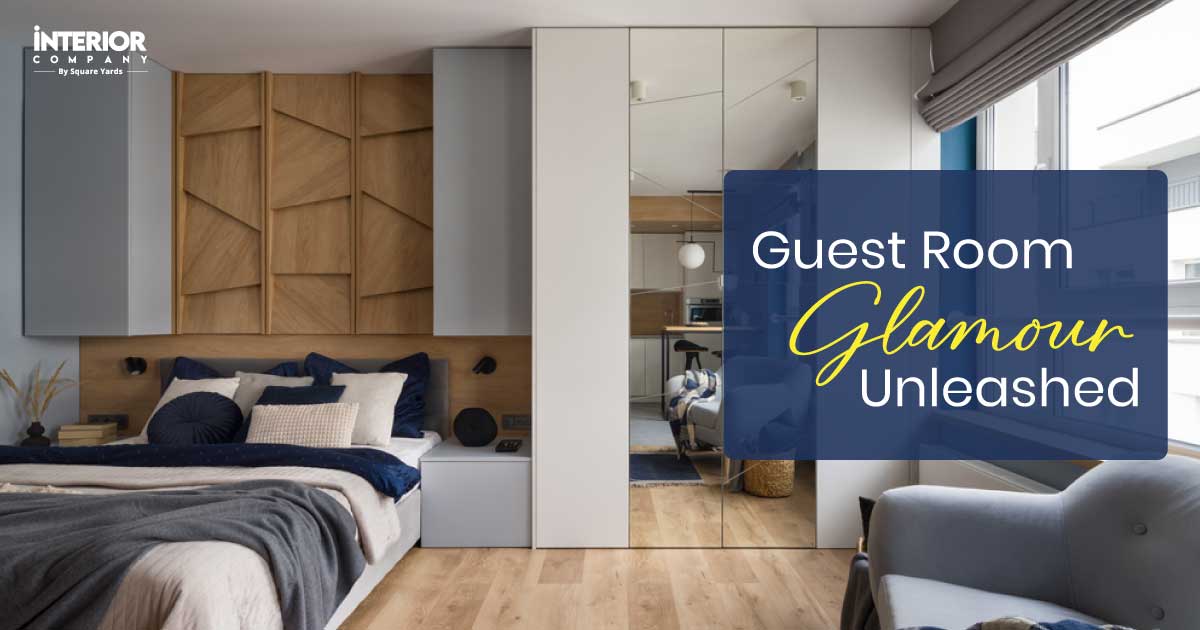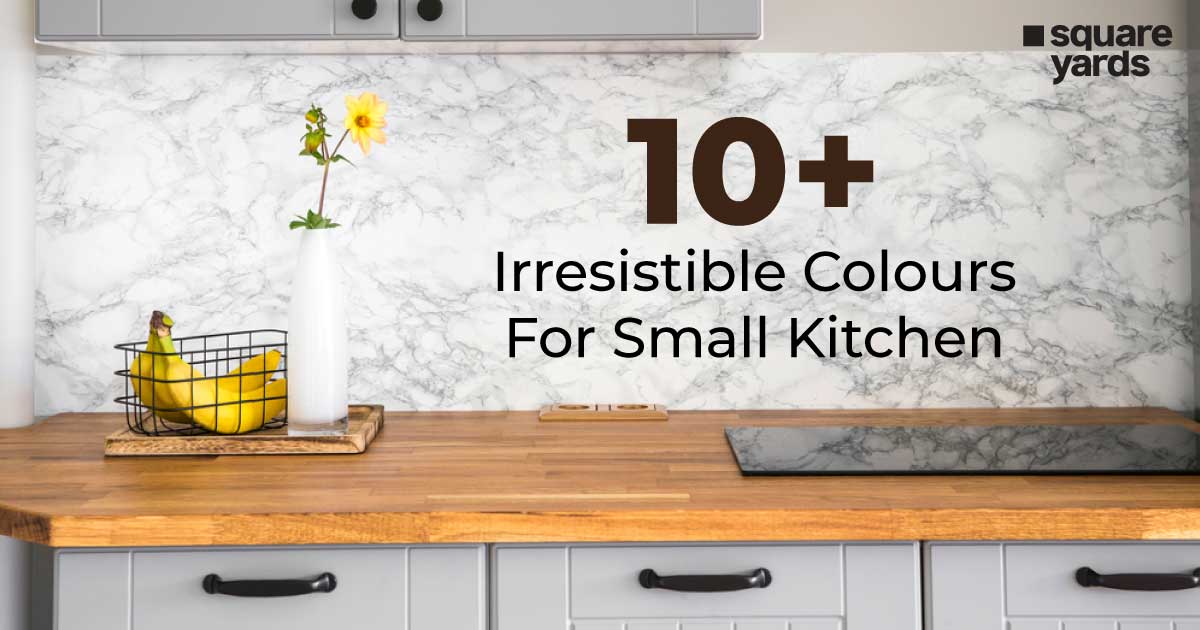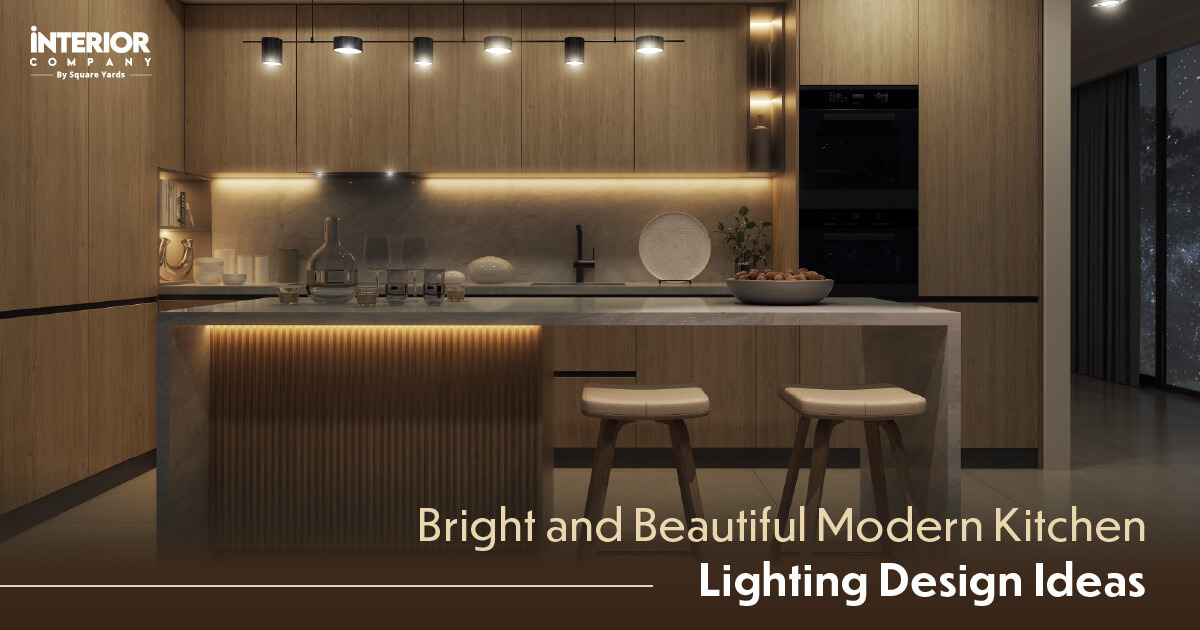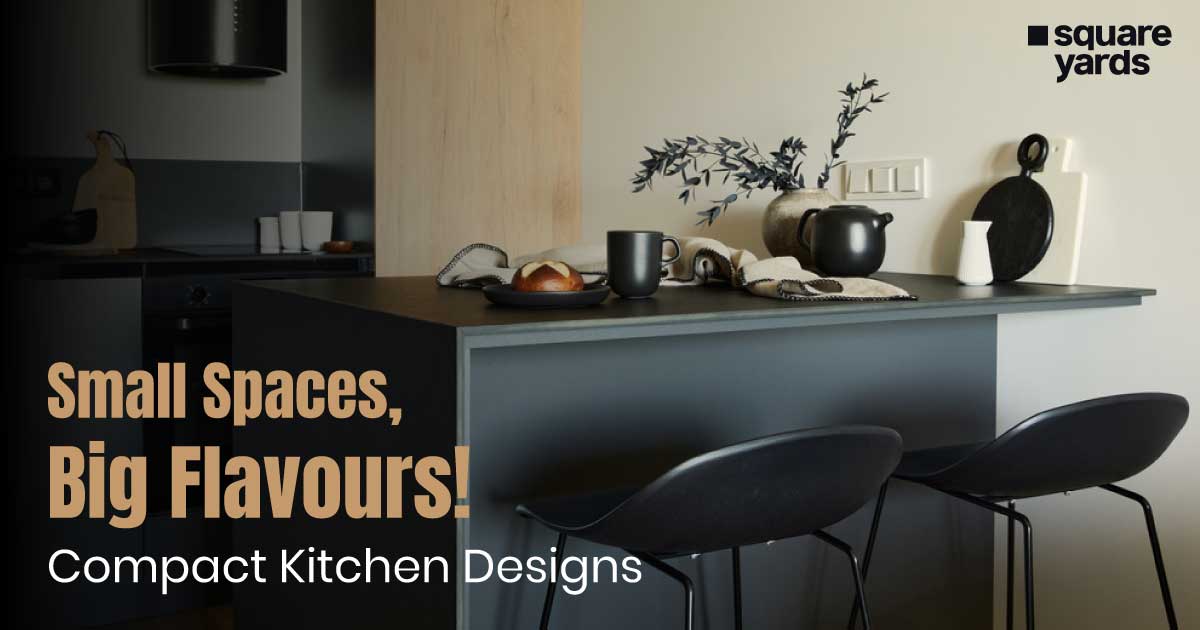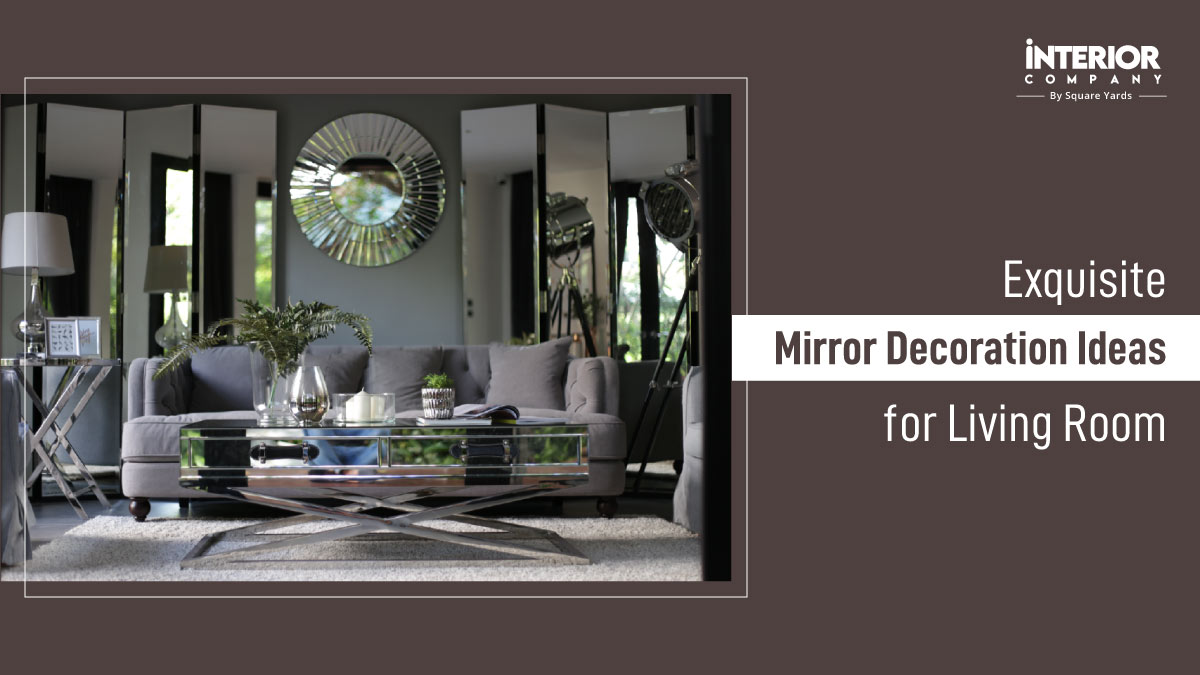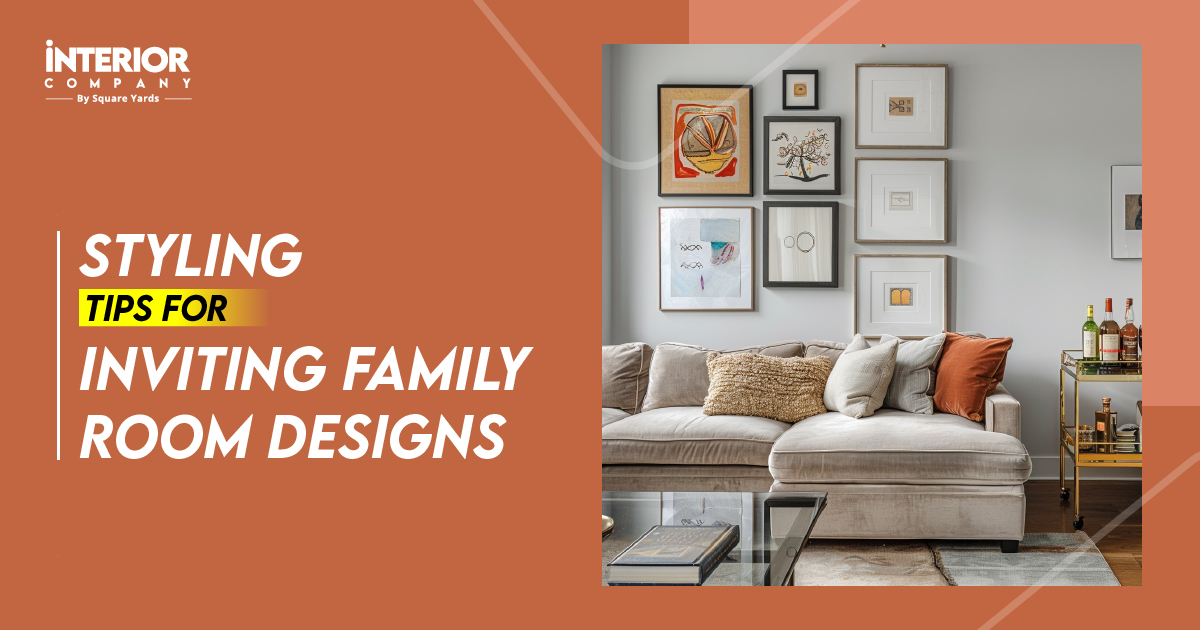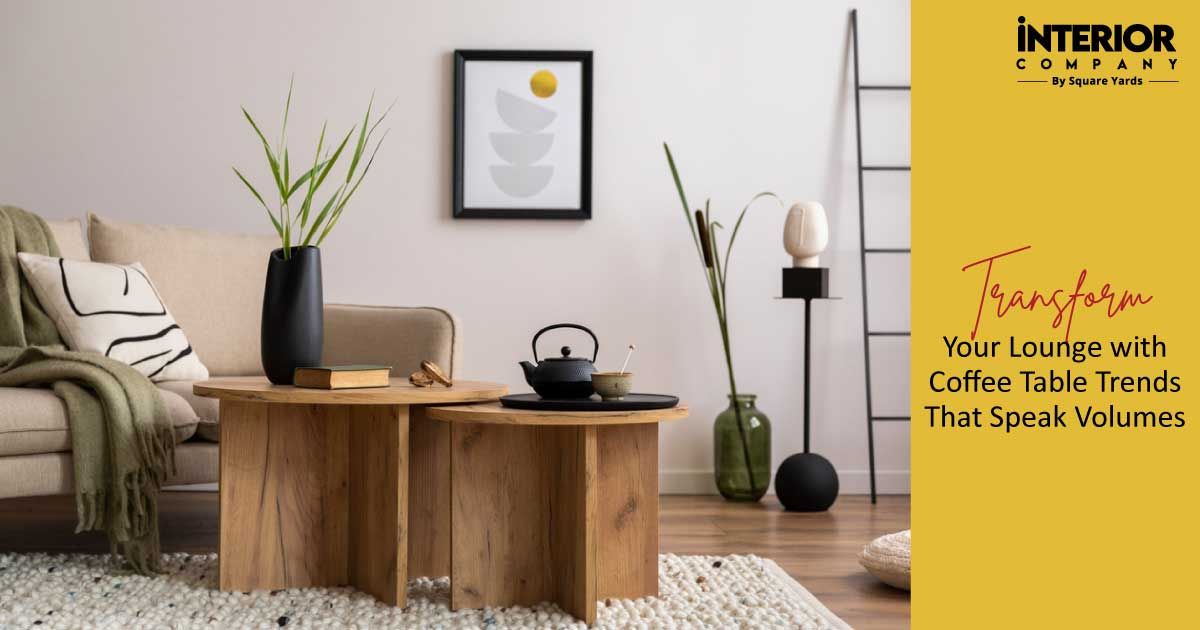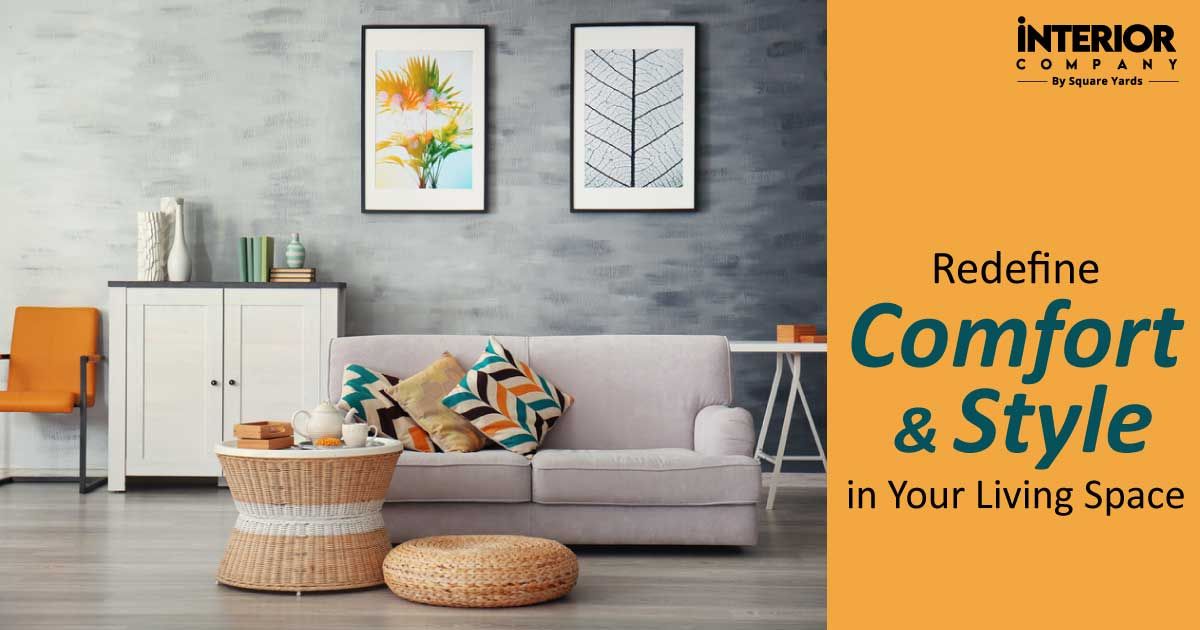- Home
- Trends
- Furniture And Decor
- Walls And Texture
- Wall Painting Design Ideas
10 Ways to Master Wall Painting for Distinctive Interior Designs
Creating a distinctive interior design is more than choosing the right furniture and accessories; it's about making bold statements with your walls. Wall painting is an art that can transform any space from ordinary to extraordinary, infusing it with personality and style. Whether you want to refresh a single room or revamp your entire home, mastering wall painting techniques can elevate your interior design game. From subtle textures to striking murals, the possibilities are endless. Let's explore 10 ways to master wall painting for distinctive interior designs, ensuring your space reflects your style and stands out with unparalleled creativity.
Table of Content
Colour Washing for a Subtle Texture
Stencilling for Personalised Patterns
Stripes for Visual Impact
Sponging for Texture and Depth
Metallic Accents for a Touch of Glamour
Ombre Effect for a Contemporary Look
Rag Rolling for a Dynamic Texture
Murals for Personal Expression
Stri Technique for Linen-Like Texture
Polka Dots for Playful Spaces
In a Nutshell
Colour Washing for a Subtle Texture
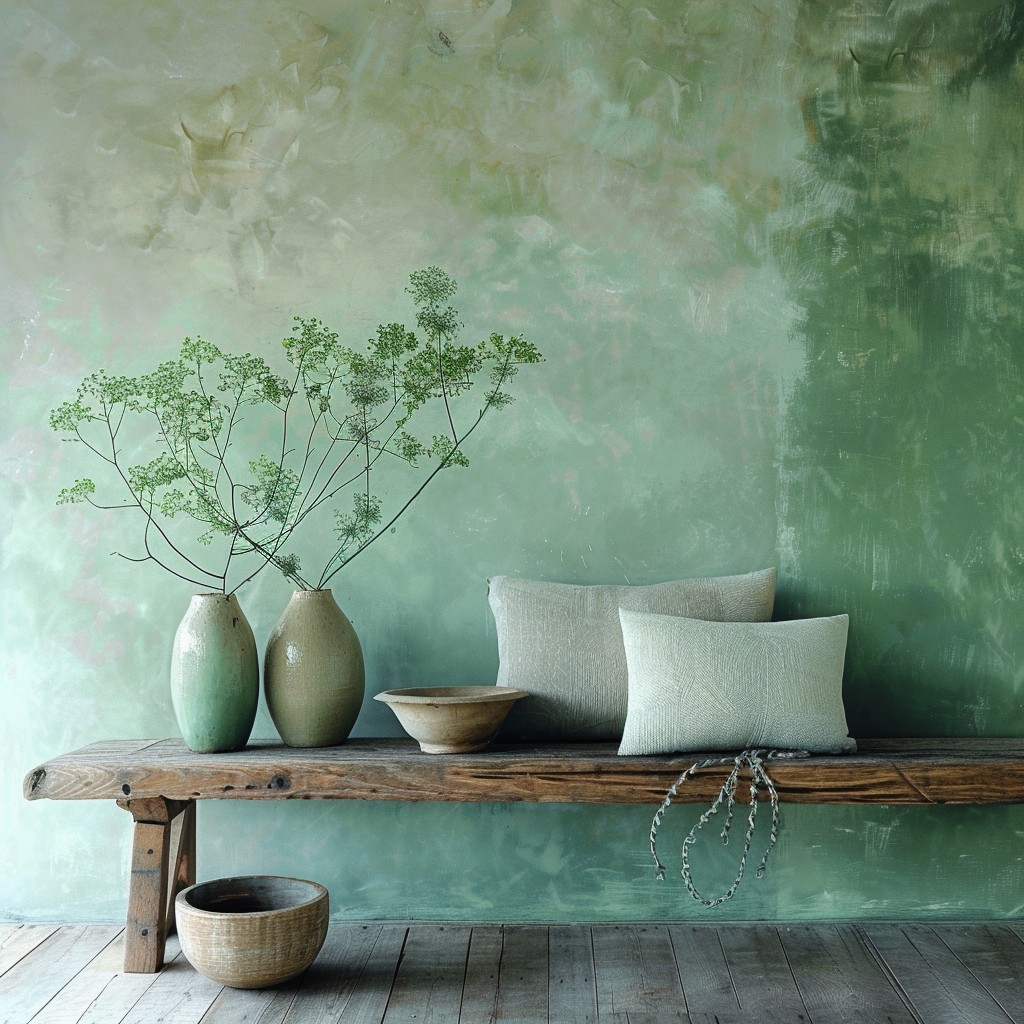
Colour washing is a great wall painting style that creates a beautiful, subtle texture that adds depth and character to walls. This technique involves applying a thin, translucent coat of paint over a base coat, usually of a different colour, to achieve a soft, layered effect. To master colour washing, choose complementary colours that blend well and work in sections while the base coat is still slightly wet. Use a wide brush or a sponge for application, moving in a cross-hatching pattern to create a gentle, mottled texture.
Stencilling for Personalised Patterns

Stencilling is a wall painting technique and a fantastic way to introduce personalised patterns and designs onto your walls. Stencilling allows for precision and creativity, whether you’re drawn to geometric shapes, floral patterns, or bespoke motifs. Select a stencil that reflects your personal style or the theme of the room. Apply a base coat in your chosen colour, then place the stencil and use a small brush or sponge to apply the contrasting paint. For a cohesive look, repeat the pattern at regular intervals. Experiment with colours and scales to create a unique, eye-catching feature wall or a subtle, elegant backdrop. It will be a great idea for your living room interior design.
Stripes for Visual Impact
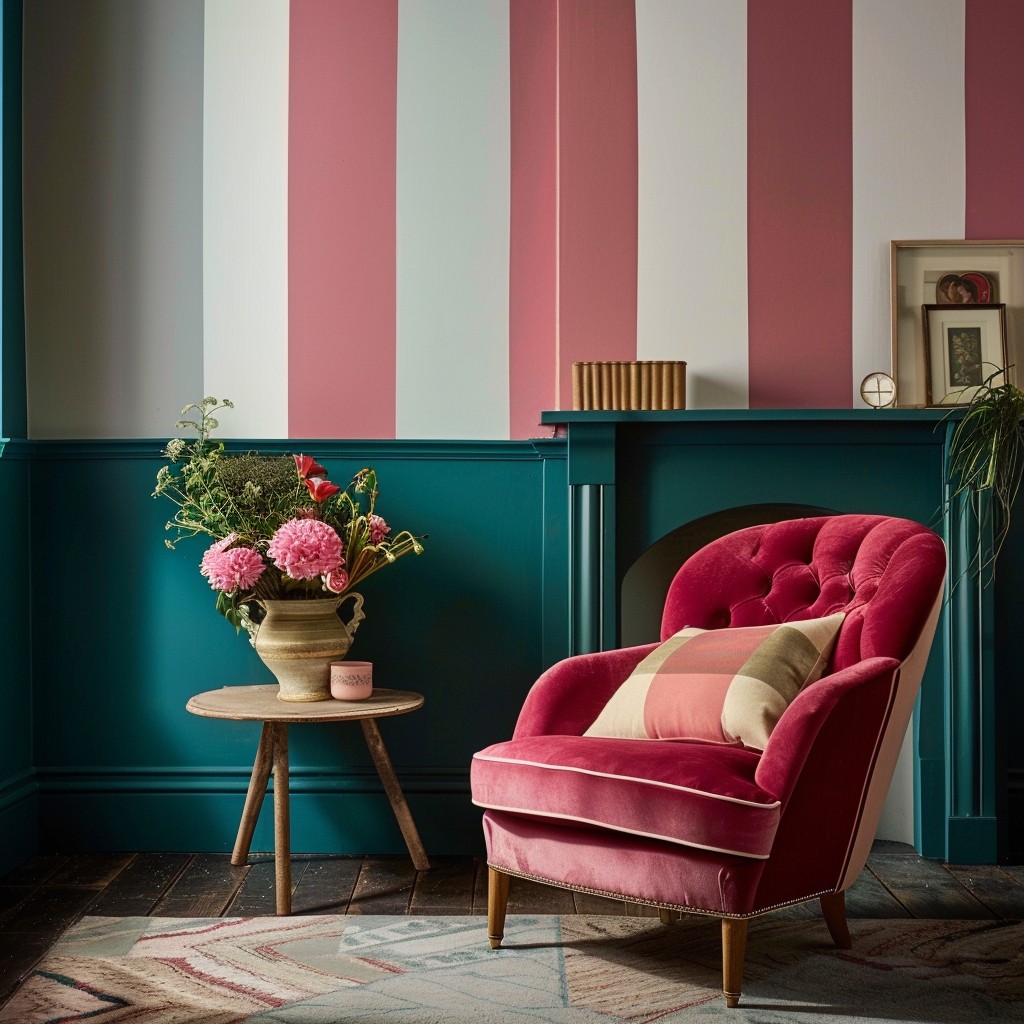
Stripes can dramatically alter the perception of space, making rooms appear larger or ceilings higher. To master this technique, start by painting the wall in your chosen base colour. Once dry, use painter’s tape to mark out stripes, ensuring they are evenly spaced and straight. For a bold look, choose contrasting colours, or for something more subtle, use varying shades of the same colour. Alternating between wide and narrow stripes can also add interest and depth. Remove the tape while the paint is still slightly wet to achieve crisp, clean lines.
Sponging for Texture and Depth
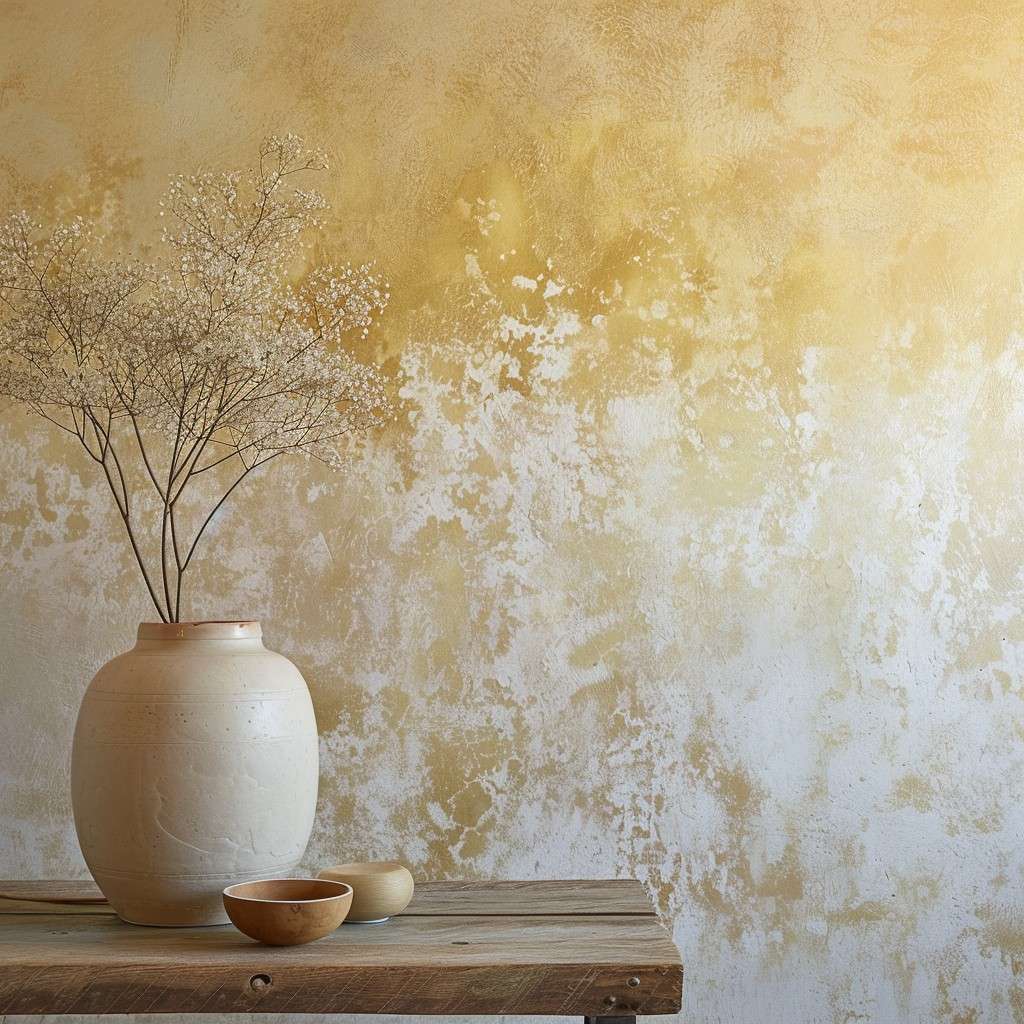
Sponging is a simple yet effective wall painting technique to add texture and depth to your walls. This technique involves dabbing a sponge lightly dipped in paint over a base coat, creating a rich, textured surface. For best results, use a natural sea sponge and two or three complementary colours to add layers of depth. Start with the lightest colour as your base, then gradually add darker shades, allowing each layer to dry slightly before applying the next. Sponging works well in spaces where you want to add a tactile element without overwhelming the room with bold patterns.
Metallic Accents for a Touch of Glamour
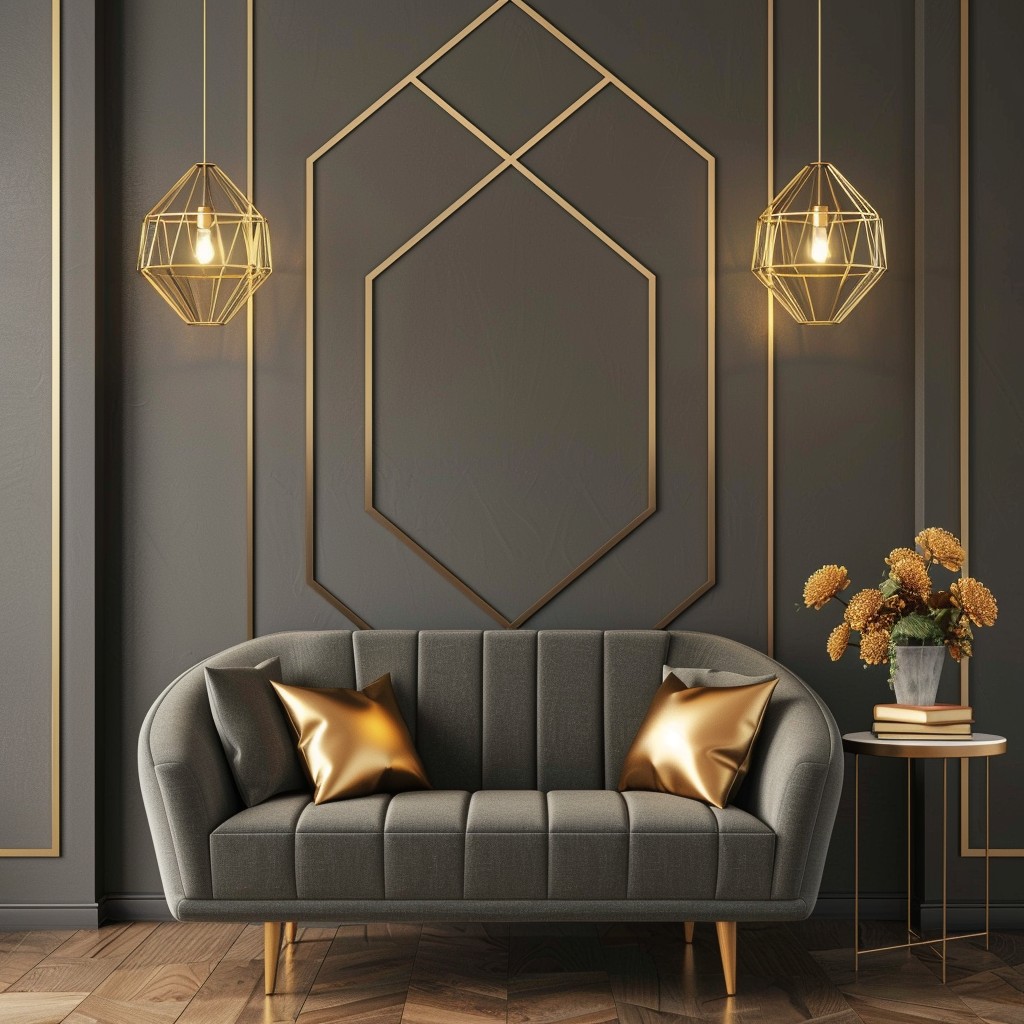
Incorporating metallic paint effects into your wall painting can add a touch of glamour and sophistication to any room. Whether you opt for gold, silver, or bronze, metallics can highlight architectural features, define spaces, and bring a luxurious feel to your home. Use metallic paints sparingly as accents on mouldings, trims, or geometric patterns to complement your overall colour scheme. This technique can elevate the ambience of a room, reflecting light and adding an understated elegance. You can incorporate this as your living room design idea.
Ombre Effect for a Contemporary Look

The ombre paint effect, with its seamless gradient from one colour to another, can introduce a contemporary and calming aesthetic to any room. This technique is perfect for creating a statement wall that captures attention. Start with the lightest shade at the top and gradually blend into darker shades towards the bottom. Use a dry brush technique to softly merge the transitions between colours, ensuring a smooth gradient. Ombre walls are particularly effective in spaces where you want to add a modern touch without overwhelming the room with bold colours.
Rag Rolling for a Dynamic Texture
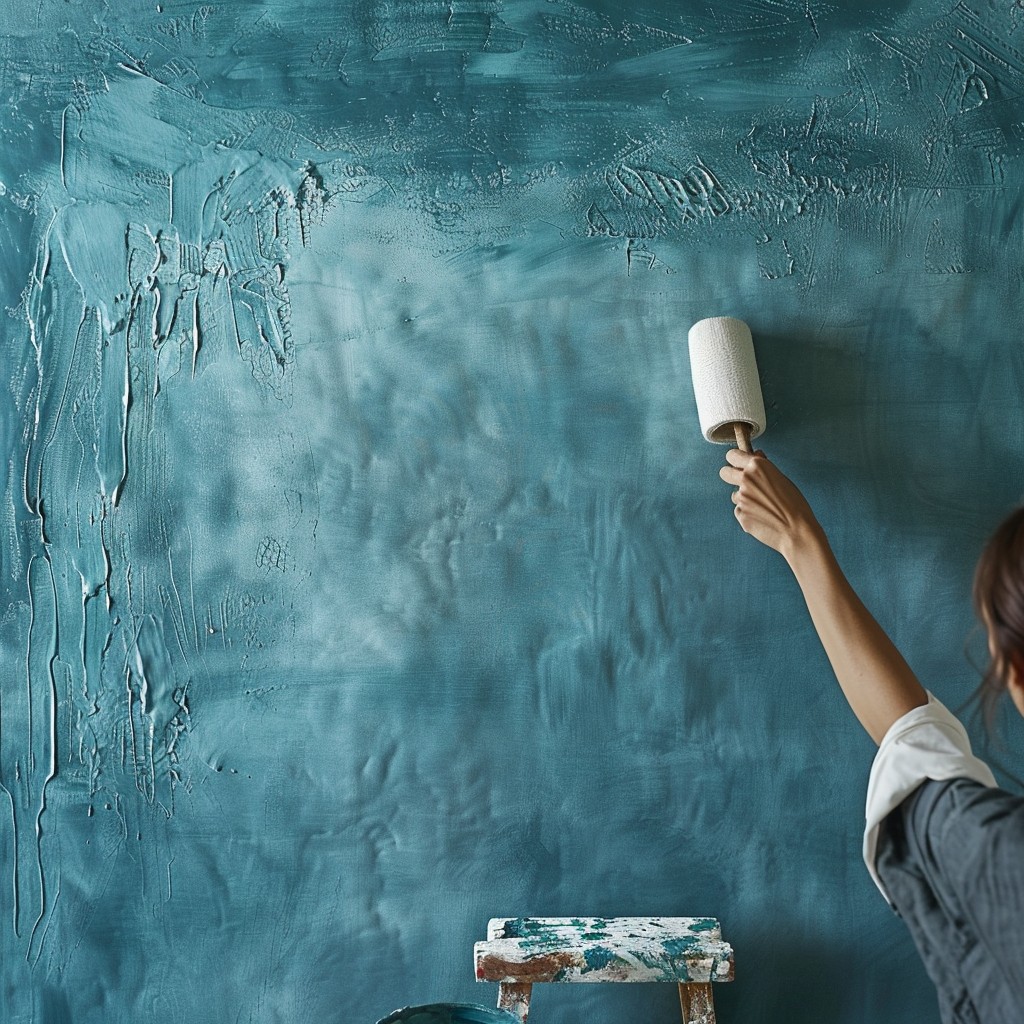
Rag rolling is one of the different painting styles that involves rolling a rag up and down wet-painted walls to create a dynamic texture. This method can add a sense of movement and depth, making it ideal for adding character to otherwise flat surfaces. Choose two complementary colours; apply the lighter shade as a base coat and use the darker one for the rag rolling. The key is using a light touch and moving the rag in varied directions to avoid repetitive patterns.
Murals for Personal Expression
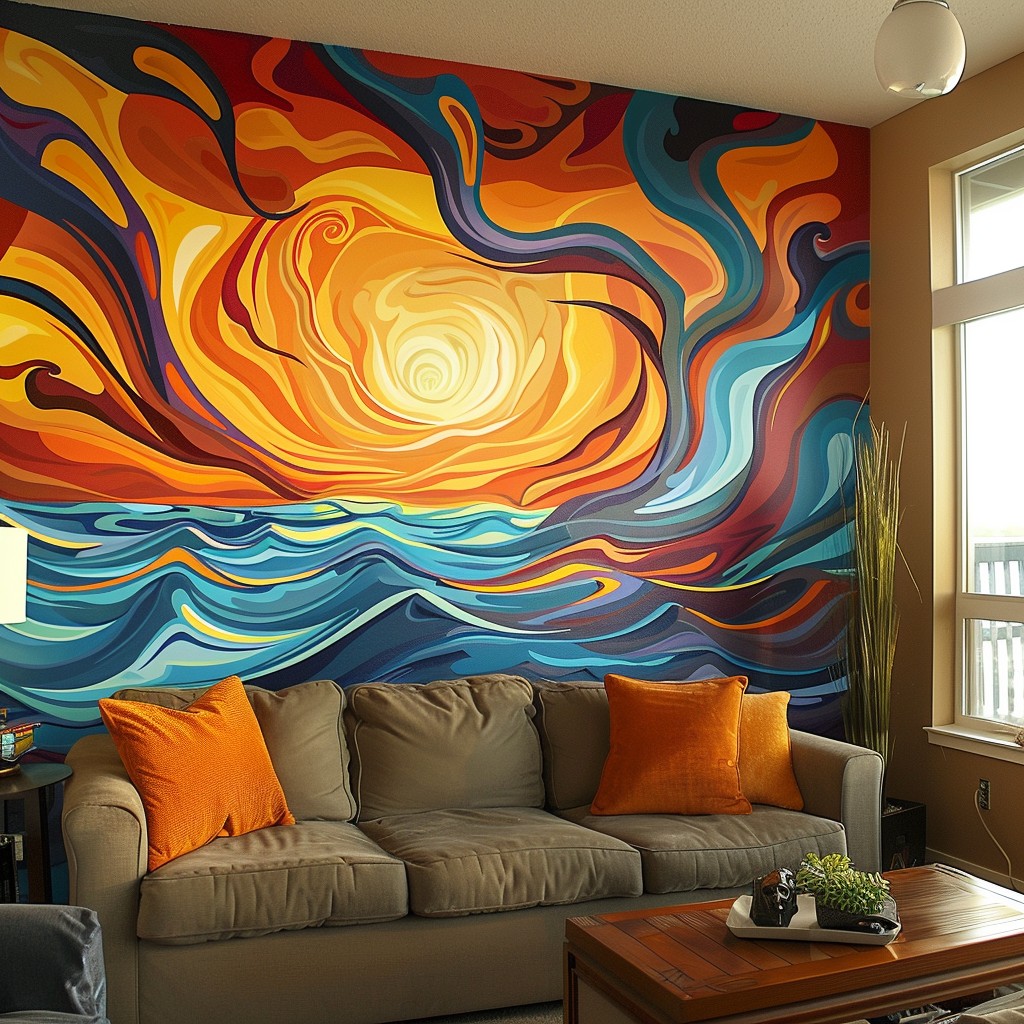
A mural on your wall is a bold way to express your personal style and significantly impact your living room design. Whether it’s a landscape, abstract art, or a geometric pattern, murals can transform a room into a work of art. Planning is crucial; sketch your design on paper before beginning to paint on the wall. Use a projector to outline your design if necessary. Selecting the right paint types and brushes will also enhance the detailing of your mural. Murals work best on large, uninterrupted walls and can become the focal point of your room, telling a story or reflecting your passions.
Strié Technique for Linen-Like Texture
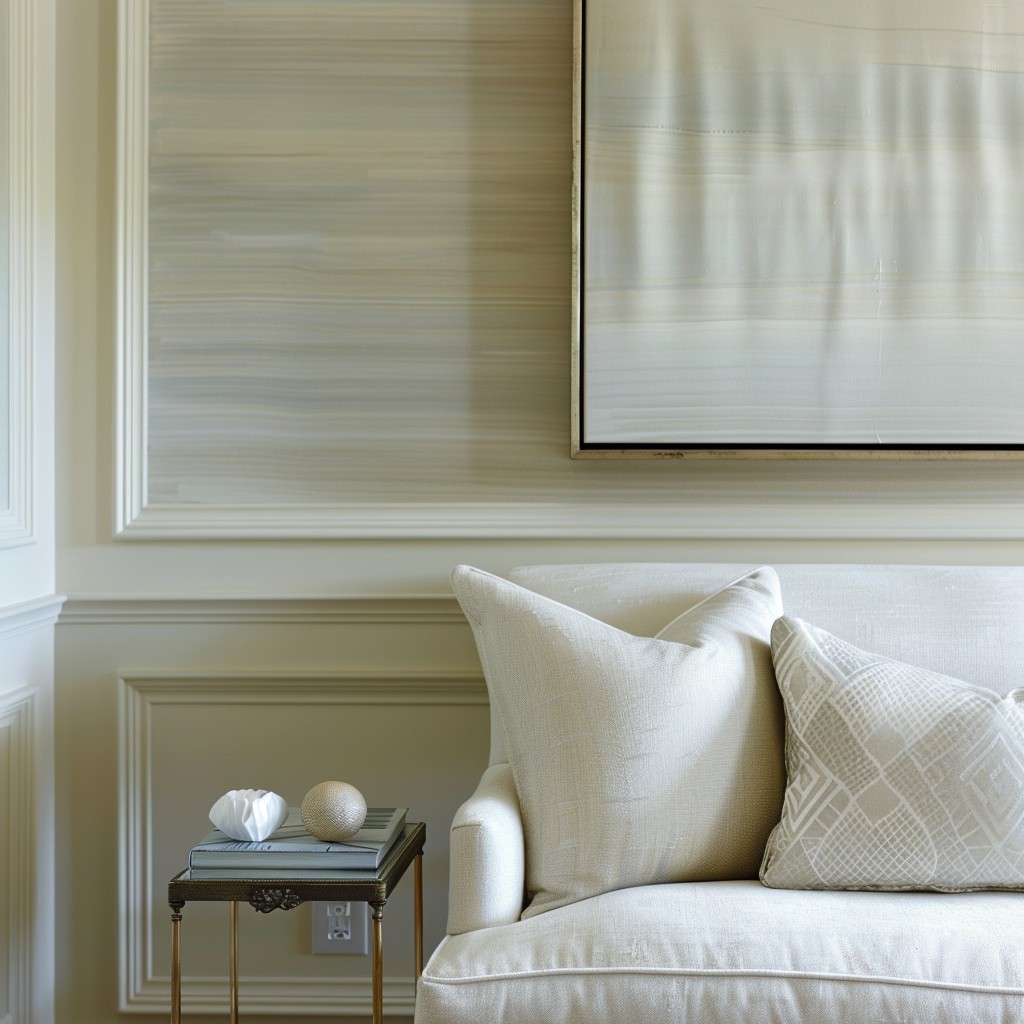
Strié, or dragging, is a wall painting technique that mimics the look of fine linen, adding elegance and depth to walls. It involves dragging a dry brush through a glaze applied over a base coat, creating fine lines that resemble fabric textures. This method requires a steady hand and practice to ensure straight and evenly spaced lines. Strié is perfect for adding a subtle, sophisticated texture to bedrooms, living rooms, or dining areas, complementing classic and modern decor styles.
Don’t Miss Out!
| Wallpaper Designs For Living Room | Wallpaper Designs for the Living Room You Must Explore |
| Metal Wall Art Decor | Metal Wall Art Designs for Living Room Décor |
| Wall Art Designs | Large Wall Art Designs Idea |
| Wall Showcase Design | Trending Wall Showcase Design Ideas |
| Wall Sticker Design | Beautiful Wall Sticker Design Ideas |
Polka Dots for Playful Spaces

Polka dots can add a playful yet orderly appearance to any room, ideal for children’s bedrooms, playrooms, or even whimsical living spaces. This wall painting style is straightforward but requires precision. Use a circular stencil or template to ensure uniformity in size and spacing. Choose a base colour that contrasts nicely with your dot colours for a vibrant effect or opt for a more subtle tone-on-tone look for a sophisticated vibe. Polka dots can be evenly spaced or arranged in a more random pattern, depending on the desired effect. This approach is a fantastic way to introduce colour and fun into a space while maintaining a sense of harmony.
In a Nutshell
Mastering various wall painting techniques is crucial for creating unique interior designs that mirror your style and improve your home’s atmosphere. Techniques like colour washing, sponging, murals, and metallics add depth and personality to walls. Experimenting with these can turn simple spaces into remarkable ones, making bold or subtle statements that enhance your home’s look. Successful wall painting depends on thorough preparation, consistent practice, and patience, enabling you to achieve impressive, professional-quality finishes you’ll be eager to display.
Explore the pinnacle of creative interior design. Engage with our Interior Company specialists, who are dedicated to creating comfortable and inviting spaces for you and your loved ones.
*Images used are for illustration purposes only. Interior Company does not hold any copyright to the images unless mentioned explicitly.
Ready for a home transformation?
Let our designers assist you!
Recent Posts
Related Category
- Bedroom
- Exterior Design
- Kitchen
- Living Room
- Paint and Color
Choosing colours for wall painting depends on several factors, including the room’s size, the amount of natural light it receives, and your preferences. Consider using lighter shades to make small rooms feel larger and darker or more vibrant colours to add depth and warmth to larger spaces. Colour theory and colour wheels can help you select complementary and harmonious colour schemes.
Yes, wall painting techniques can be adapted to suit any room in your home. However, it’s important to consider the room’s function and how the chosen technique will complement its use. For instance, subtle textures like colour washing or strié might be more suited to bedrooms for a calming effect, while bold patterns or murals could be ideal for living areas or playrooms.
Proper wall preparation is crucial for achieving a smooth and long-lasting finish. Start by cleaning the walls to remove dust, dirt, and grease. Fill in any holes or cracks with spackle, and sand down the surface to ensure it’s smooth. Apply a primer if necessary, especially if you’re making a significant colour change or painting over a darker shade.
Drying times can vary based on the type of paint used, the thickness of the application, and the room’s humidity and temperature. Generally, it takes about 2-4 hours for paint to dry to the touch and 24 hours to cure fully. Waiting for the first coat to dry completely before applying a second coat or executing additional painting techniques is essential.
Yes, mixing different painting techniques can add depth and interest to a room. However, it’s important to maintain a cohesive look by choosing compatible colours and finishes. For example, combining a colour washed wall with metallic accents can create a sophisticated backdrop, while using stencilling alongside stripes can add a dynamic contrast. The key is to balance the techniques so that they complement rather than compete with each other.


